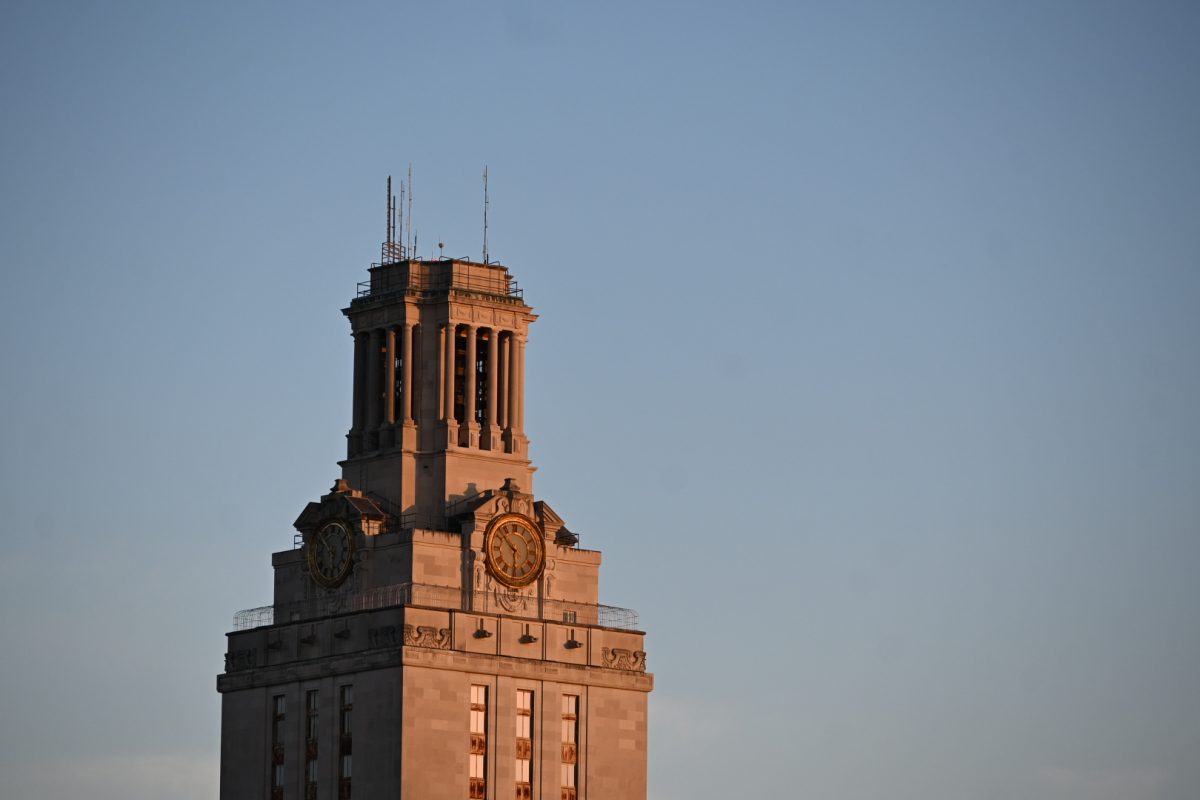The U.S. Supreme Court began to hear a case Monday that could change the rules governing the intellectual property rights to inventions from University research.
Intellectual property licensing brought more than $14 million to the University in 2010, according to the Office of Technology and Commercialization’s statistics. Based on a 1980 law — known as the Bayh-Dole Act, which sets rules for intellectual property ownership in federally funded research — the University can hold licensing rights to any inventions or technologies resulting from research done by its professors.
Stanford University filed suit against Roche Molecular Systems, a biotechnology company which sold AIDS test kits. The kits used technology a Stanford professor developed, and the company did not pay the university. The professor had signed an agreement with a company that Roche later bought.
UT Vice President for Research Juan Sanchez said because of the University’s contracts with faculty, the case has little impact on research. He said UT did not feel the need to change its contract with professors as many schools did after the Stanford case began, because UT’s contract does not leave room for the ambiguity in assignment of intellectual property rights like Stanford’s did.
“There was no need to change because the policy is explicit in the contract with the faculty that they assign all [intellectual property] to the [UT System] Board of Regents,” Sanchez said.
He said even when UT faculty consult with outside firms, specific guidelines ensure the Board of Regents retain intellectual property rights.
Earl Swartzlander, UT electrical and computer engineering professor, said whatever the ruling, the motivations for choosing research topics likely will not change.
“In my experience at the University, the idea of profit is not a significant factor in the selection of research topics,” he said. “That is probably different in most outside firms. Most firms seem to be focused on research that will lead to a profitable product.”
He said one potential benefit of the current Bayh-Dole law is it offers an incentive for the research system to pick out commercially viable discoveries.
“I started at the University in 1990, so I don’t know what it was like before Bayh-Dole, but now there is an incentive to identify potential [intellectual property] that arises in the course of research,” Swartzlander said. “I suspect that the current system results in more disclosure of [intellectual property] than what was done in the past, and that provides broader dissemination of knowledge than might otherwise be the case.”
The current system for taking inventions from the University to private industry depends largely on market forces, said Hall Martin, director of the Austin Entrepreneur Network. He said because of market forces, the implications of the case — how private industry attracts new inventions from universities — are minimal.
“I think market forces will come to bear on this so it’s not going to throw anything really out of whack,” Martin said. “I don’t think startups would pay any more that they are now because they just can’t afford it.”














